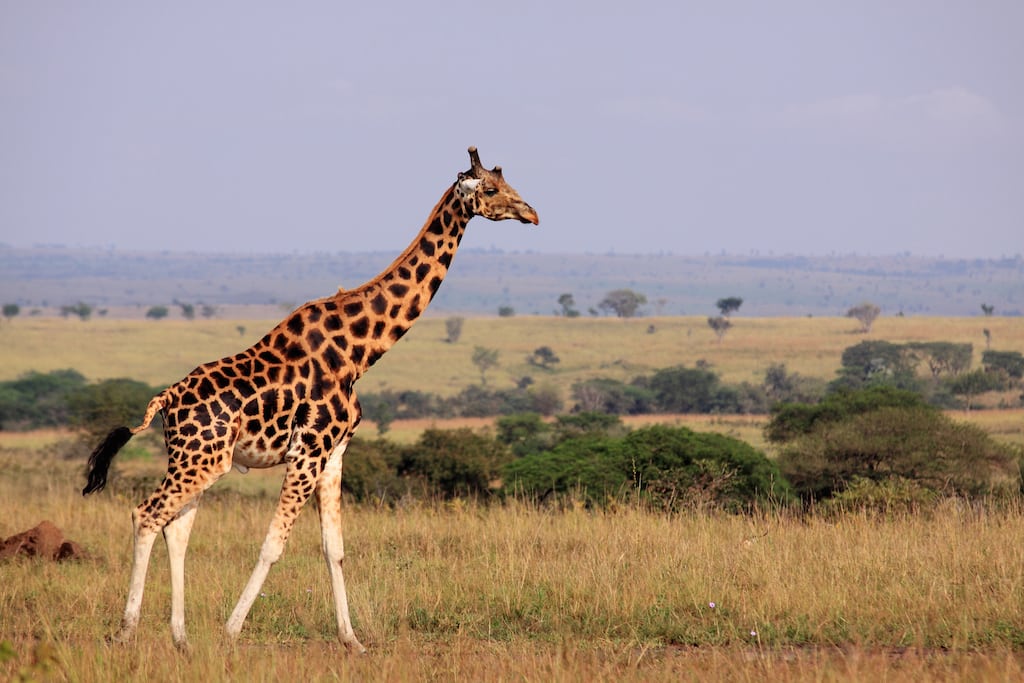Skift Take
The tourism industry can become a powerful force if it works together to combat the risks that poaching poses to what will likely be an vital channel towards sustainable economic growth.
The United Nations World Tourism Organization is calling on governments and tour operators in Africa to take action against the growing threat that the ongoing poaching crisis poses to the continent’s wildlife watching tourism sector.
The organization recently released a report Towards Measuring the Economic Value of Wildlife Watching Tourism in Africa, which aims to highlight the economic importance of wildlife watching and spur tourism authorities to coordinate on anti-poaching initiatives.
Based on the surveys of 48 tourism authorities from 31 countries and 145 international and Africa-based tour operators, the UNWTO report found that wildlife watching tours generally include six people, last ten days, and cost an average $433 per person per day. An additional $55 is usually spent on purchases per person per day.
There is a broad range of tours available from luxury options costing closer to $753 per day to standard tours costing $243 per day.
Although the cost of tours is rarely shared fairly throughout the distribution chain, such activities require hiring a broad pool of services including accommodation, transportation, tour guides, and performances. This provide jobs for individuals in several companies and sectors.
Countries in East and Southern Africa are the most popular destinations for wildlife watching and home to the continent’s most iconic animals including the African Elephants, Cape Buffalos, leopards, lions and rhinoceros. These are the same animals most at risk due to poaching.
Leaders Acknowledge Risk
Of the 46 governmental organizations surveyed, 93 percent confirmed that poaching was causing problems in their countries and protected areas and 80 percent agreed that it is affecting wildlife watching tourism.
Of the 145 tour operators surveyed, 70 percent agreed that poaching is impacting wildlife watching tourism. Its impact was felt in a variety of ways.
It decreases wildlife populations, impacts animal behavior creating an unpredictable tourism experience, threatens security, and causes a financial burden for countries.
Geoffrey Kent, the founder and CEO of luxury travel company Abercrombie & Kent, has been operating safaris in Africa since 1962. He recently told Skift that he sees tourism, and the money it brings in, as the only way to affectively sustain the environment and wildlife.
“You can’t ask people to do things from their own good will. They need cash. Tourism provides money,” says Kent.
“You can’t tell people that they should love and hug an elephant each day. It’s about the income that they’re going to get and we’ve done that through tourism.”
The Daily Newsletter
Our daily coverage of the global travel industry. Written by editors and analysts from across Skift’s brands.
Have a confidential tip for Skift? Get in touch
Tags: safaris, skiftstats, unwto
Photo credit: A giraffe is seen on a safari in Uganda. John Hilliard / Flickr
